10 Hot IoT Companies You Need To Watch In 2020
CRN takes a look at 10 hot companies that are trying to make the world of IoT a better place, whether it's for device-to-device communication, cellular data economics, faster computer chips or organizational shuffles that aim to better serve the needs of enterprises.

Tackling Cellular Data Economics, Computer Chips And More
A lot of companies seem to have their own idea of how to make IoT work, whether it's for device-to-device communication, cellular data economics, faster computer chips or organizational shuffles that aim to better serve the digital transformation needs of enterprises.
CRN has picked out 10 of these companies, particularly ones that have gained momentum, introduced game-changing products, made strategic acquisitions or carried out big organizational changes, because they believe these developments will make the world of IoT a better place.
There's a big chance the ambitions behind these companies' new developments will start to play out next year, which is why CRN has chosen them as the 10 hot IoT companies you need to watch in 2020. What follows is a roundup of the companies and their most recent developments.
Get more of CRN's 2019 tech year in review.

Akamai
CEO: Dr. Tom Leighton
Akamai is diving headfirst into the world of IoT, thanks to its massive network of 240,000 edge servers across the globe. First designed as a content delivery network, the Cambridge, Mass.-based company now sees an opportunity to bring its edge network capabilities to IoT. This year, the company launched IoT Edge Connect, a new offering that aims to help companies scale IoT deployments by improving the way messages are securely sent to and from devices. Akamai said the service is more scalable, economical and secure than other IoT message brokers in the market, and by being a hosted cloud offering, it eliminates the need for businesses to run their own servers. Will IoT Edge Connect catch on? Does Akamai have any other IoT tricks up its sleeve? Be on the lookout in 2020.

BehrTech
CEO: Albert Behr
BehrTech is looking to pick a fight with LoRa—the proprietary low-power, wide-area network technology for IoT devices—with technology licensed from the Fraunhofer Institute and an ecosystem of partners. This year, the Toronto-based company launched MyThings, a new software platform that uses an LPWAN protocol called MIOTY to provide long-range, low-power communication for IoT deployments. The company said it has much lower interference than LoRa and can work with standard gateways and sensors, allowing companies to run their own private networks. After racking up partnerships with Advantech, MAJiK, Applied-IoT and other companies this year, BehrTech is worth following in 2020.
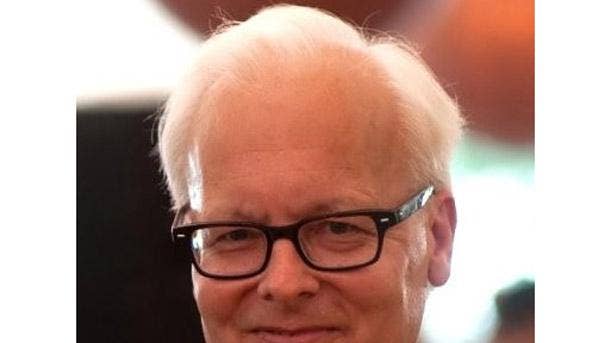
Blues Wireless
CEO: Ray Ozzie
Not long after Groundhog Day, former Microsoft executive Ray Ozzie emerged to reveal his new startup that aims to boost IoT with a subscription-free way of connecting devices to cellular networks. While the startup technically came out of stealth mode in February of this year, there are still few details on what Ozzie is up to. At the time, the startup said it's working with AT&T on its Notecard product, a low-power module with prepaid cellular connectivity that will work with a broad range of commercial and industrial products. Ozzie said Blues Wireless has been running trials with AT&T and that he plans to make the modules work without a monthly subscription by selling them at a high enough price to cover the cost of the device and the cellular data. Keep your eyes open in 2020 to see if Ozzie will rise again.

Claroty
CEO: Thorsten Freitag
Claroty has amassed $100 million in funding to become the de facto industrial IoT security provider, but the company has designs on something bigger: closing the security gap between IT and operational technology. To take the New York-based startup through this next chapter, it has hired former Druva executive and Siemens veteran Thorsten Freitag as CEO. Freitag, who was announced as the company's new chief executive in October, aims to make Claroty's data more consumable for IT departments while aligning its products with the ticketing, asset management, security management and SIEM tools available on the market today. The hope is to give IT personnel more visibility into the security situation for OT environments like factories. For that reason, it sounds like 2020 should be a big year for Claroty.
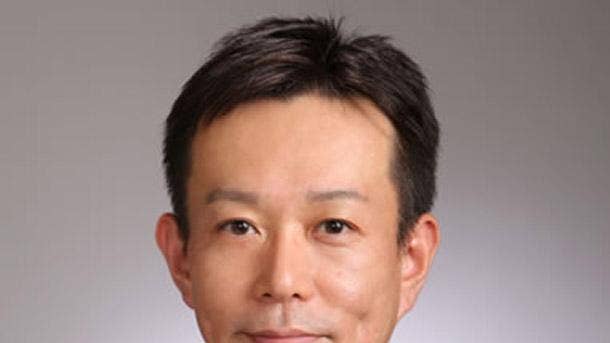
Hitachi Vantara
CEO: Toshiaki Tokunaga
When it comes to Hitachi Vantara's bets on industrial IoT, the company is unloading chips on the table— by the truckload. This was made clear in September when its parent company, Japanese industrial conglomerate Hitachi, announced it is merging Hitachi Vantara with Hitachi Consulting to double down on the company's Lumada solutions for IoT. As part of the merger, which Hitachi described as an "integration," Hitachi veteran Toshiaki Tokunaga is moving into the role of Hitachi Vantara's CEO and board chairman while Brian Householder, who had been CEO until recently, moves into an as-of-yet unspecified executive leadership role. Hitachi Vantara partners believe the reorganization will help accelerate adoption of IoT solutions in the channel, so keep tabs on this one in the new year.
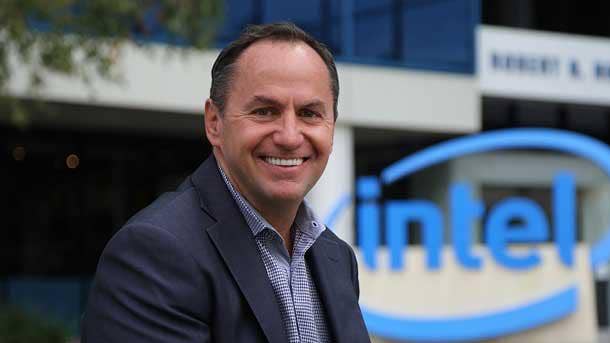
Intel
CEO: Bob Swan
Intel is getting more ambitious with its plans for IoT, and it supposedly involves "purpose-built silicon" that is built from the ground up for IoT applications. This year, the Santa Clara, Calif.-based chipmaker revealed its next-generation Movidius visual processing unit that will target edge inference applications when it launches in 2020. But Jonathan Ballon, vice president of Intel's IoT Group, and another executive before him, have let on that the chipmaker is cooking up something else that goes beyond its current offerings for Movidius and modified processors. "We are also building purpose-built products for IoT that will address the edge compute opportunity as well as the edge inference and eventually edge training," Ballon told CRN in a recent interview. When will these new products come out? Your guess is as good as ours, but we'll eagerly keep our ears open in 2020.
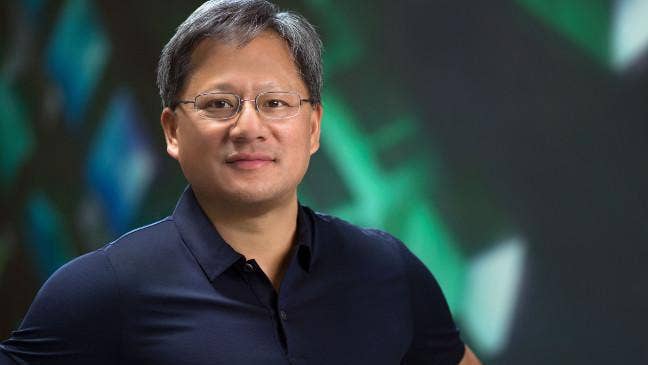
Nvidia
CEO: Jensen Huang
Nvidia is getting more serious about opportunities at the edge, and that could only mean good things for IoT. This year, the Santa Clara, Calif.-based company revealed its EGX edge supercomputing platform, a new push to put its GPUs at the forefront of artificial intelligence, IoT and 5G network infrastructure for edge environments like factory floors, manufacturing inspection lines and city streets. Not satisfied with just giving the world an edge supercomputing platform, the chipmaker also revealed the Jetson Xavier NX, which it has called the "world's smallest supercomputer" for AI applications at the edge. The board is the size of a credit card, but it comes with "server-class performance," bringing a new level of capability to performance-hungry IoT devices constrained by size, weight, power or cost. It seems like Nvidia isn't finished, so keep your hands open to receive more AI at the edge goodness in 2020.
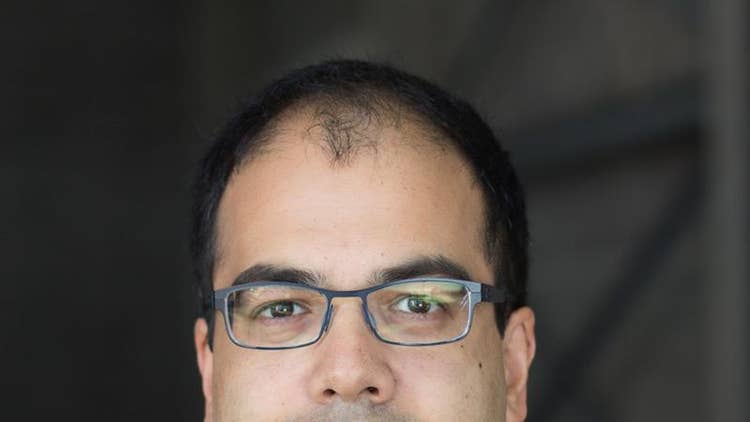
Samsara
CEO: Sanjit Biswas
Samara is on a tear in the industrial IoT space with its sensor data platform for connected operations. This was made evident most recently with the San Francisco-based startup's $300 million funding round, announced in September, which valued the company at $6.3 billion. This new cash infusion came in as the company more than doubled its customer base to over 10,000, scooping up clients like Simco Logistics and the City of Fort Lauderdale in Florida. At the same time, the company increased annual revenue 200 percent from the previous year. With these new funds, the company plans to hire 1,000 new employees for expansion across new geographies, research and development and customer support operations. With the company's expanding industrial IoT and fleet monitoring capabilities, how far can Samsara go? 2020 will begin to answer that.

Siemens
CEO: Joe Kaeser
Siemens is expanding its industrial IoT capabilities in new and interesting ways, particularly when it comes to application development and deployment. First, in April, the German industrial giant announced it had integrated Mendix's low-code development platform into MindSphere as a way to enable those with no coding experience to build applications on the IoT platform. That integration stemmed from Siemens' $730 million acquisition of Mendix in 2018. Then, in October, the company said it was acquiring the container-based edge computing platform from a startup called Pixeom, signaling its plans to embrace container technology as an easy way to deploy and manage applications at the edge. How will Siemens' container strategy play out? With the company teasing that Pixeom's edge computing platform "will be at the heart of its Industrial Edge ecosystem, 2020 will undoubtedly be an important year for the continued evolution of its industrial IoT plans.

Zededa
CEO: Said Ouissal
What happens when you take Dell's leading IoT expert and put him in a new edge virtualization startup that is leading open-source efforts? 2020 will likely hold the answer as Zededa's channel partner and integration strategies begin to play out under the leadership of Jason Shepherd, the former CTO of IoT and edge computing for Dell Technologies who joined Zededa as vice president of ecosystem in November. The Santa Clara, Calif.-based startup raised a $16 million funding round earlier this year for its Edge Virtualization X engine, which allows organizations to run legacy applications in virtual machines while spinning new applications into containers. Shepherd recently told CRN that Zededa is continuing his mission of making IoT more open and interoperable, moving the field away from the days of software and hardware lock-in. Will that dream come to fruition? Time will tell.